
|
Scooped by
Maree Whiteley
onto Critical and Creative Thinking for active learning September 12, 2013 10:10 AM
|
Get Started for FREE
Sign up with Facebook Sign up with X
I don't have a Facebook or a X account
 Your new post is loading... Your new post is loading...
 Your new post is loading... Your new post is loading...
David Nicholls's curator insight,
May 20, 2020 11:46 PM
Clear outline of one of the general capabilities by the Australian Curriculum

Pam Thompson's curator insight,
March 11, 2016 6:59 PM
So many wonderful reflective messages for all educators. Kath Murdoch has a way of 'keeping it real' and speaking directly to classroom teachers in her own reflections here. Great questions at the end of this post...perhaps something to take to your next staff meeting...just wondering! |

Elysha Gibson's curator insight,
May 4, 2020 7:49 AM
Prompt to guide inquiry in history. My mini-unit will focus on having students complete an inquiry and I will utilise these strategies.
Matthew Handley's curator insight,
May 5, 2020 7:19 PM
This article laid out several good ideas to transform learning in the classroom. For my subject area of ITD the ones that stood out for me was; 1. Have a Plan for Questions. In an inquiry-driven classroom, questions drive the learning and students drive the questions. However the questions do need to be on task, otherwise no classwork would get done. 2. Highlight the evolution of student questions. Lead question time so students keep using their curiosity to ask questions they are wondering about and build more in depth knowledge. 3 . Stop being th expert and maybe say; The way I did this process 10 years ago on the worksite was this, maybe there is a new better way we can do this project/skill.
Frances Foote's curator insight,
June 15, 2016 2:25 PM
This is a great reference list for educators when looking for ways to ignite the critical thinking fire. The list includes: think outside the box, be spontaneous, carry a notebook, don't give students the answers, and mix things up, just to name a few. By introducing some of these ways to scholars you will have completed #1 on the list which is "Be Open to New Ideas." |





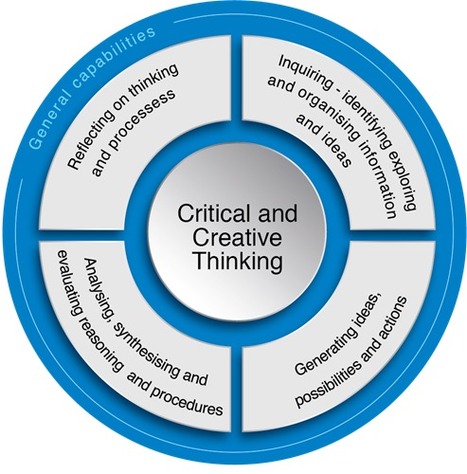


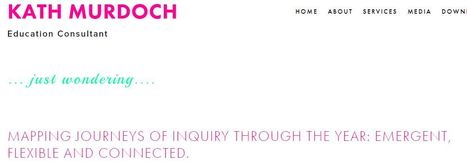
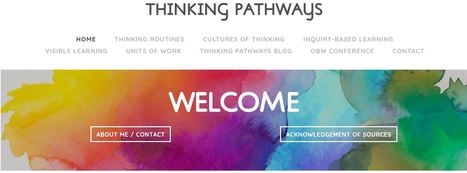

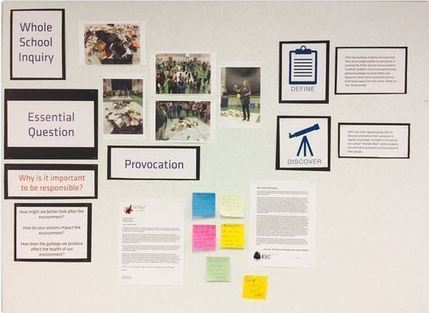

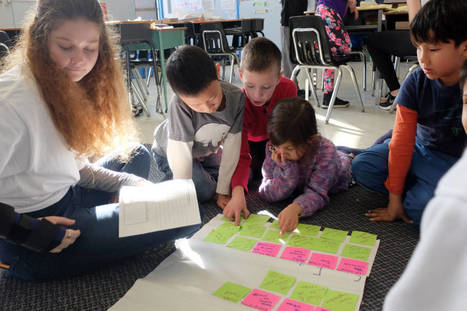

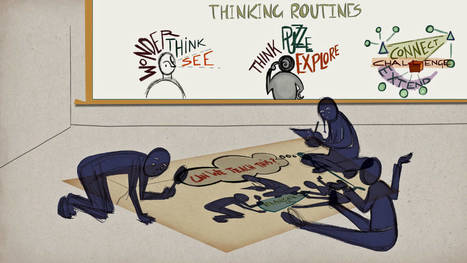
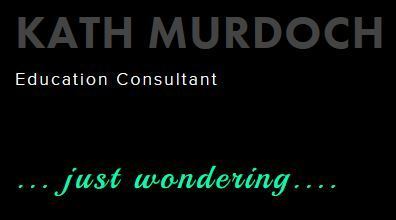

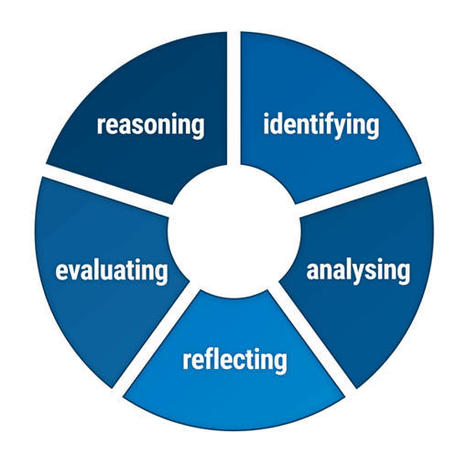
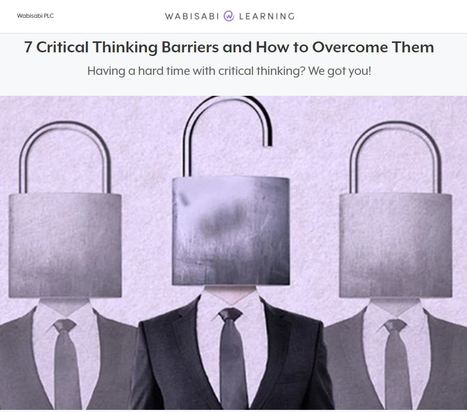


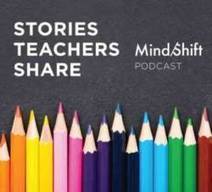
![The Critical Thinking Skills Cheatsheet [Infographic] | Critical and Creative Thinking for active learning | Scoop.it](https://img.scoop.it/jVMRha0Nc11X2oKaFqqOyTl72eJkfbmt4t8yenImKBVvK0kTmF0xjctABnaLJIm9)
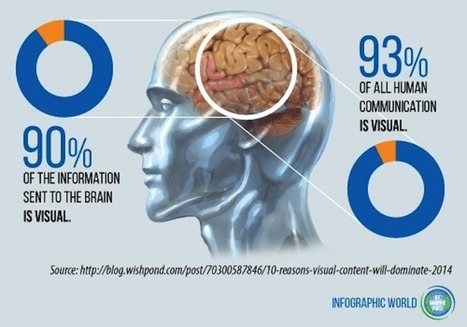



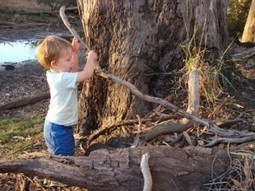





This resource is interesting as it discusses the use of questioning in the classroom. It explains how the teacher takes a step back and allows the students to ask the questions instead of simply answering the teachers questions. It also has steps or rules for teachers, to help their students to produce their own questions. It explores the concept that allowing students to create their own questions can develop higher order thinking skills as creating questions requires deeper thinking than simply answering questions.
So, how does this fit in with the Design and Technologies curriculum? When students are conducting investigations, experimenting, exploring, deconstructing or even producing produces, they should be asking questions. One aspect of the Design and Technologies curriculum (2014) is decision-making processes which is informed by ethical, legal, aesthetic and functional factors. To make decision effectively, students need to be able to question there plans or products to make sure it meets these different factors.
While this article is a blog. The website has many useful ideas and discussions as well as learning strategies and games.
This is a strategy that has been used in many schools around the world and that has given good results; it is time that we use new methodologies in which students play a more important role in the learning process so that there can be a real change.